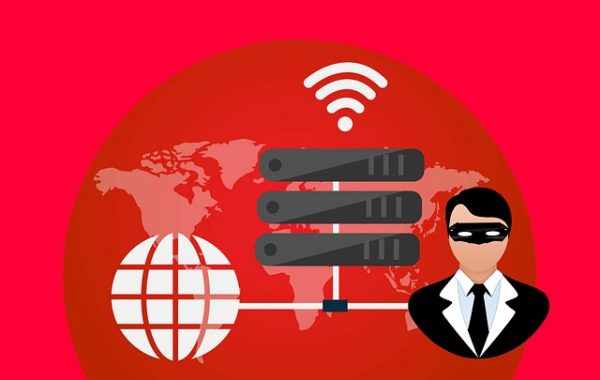
A proxy is an intermediary between the computer that the user works with and the Internet server. It is actually a computer intermediary for the user to access the Web Wide Web.
Its main tasks are to send all user requests to the Internet and then receive responses. Read this post and learn more about what a proxy is, how it works and what purpose it can be used for.
How the proxy connections work
Each computer is assigned a unique IP address. Its (IP) task is to identify the Internet user. The IP address carries information about the country and the region. It includes the number assigned to a specific Internet service provider and the number assigned to each user’s personal computer.
Proxy servers are also assigned unique IP addresses. After connecting to the proxy and sending requests to the Network, any check will show that these requests originate from the proxy server, and the user is able to go incognito.
To connect to a proxy, users need to adjust specific settings in the web browser. All subsequent network requests will go through the IP address of the proxy server. When user needs to access any website, his computer will connect to the proxy and make a request. After checking the correctness of the request, a connection with the websites gets established. Then the received response will be transmitted to the user’s computer.
Why and who needs a proxy
Today, proxy servers are mostly used to hide the true IP address. There are several reasons for this. The most popular is the desire to visit the site, access to which is blocked for your IP. Another reason is the need to send emails anonymously. There are however a few more reasons why users may need a proxy:
- To protect the network or local computer from cyber attacks.
- Protect confidential information.
- Restrict user access to certain types of websites. It is used by companies to prevent the waste of working time.
- The need to connect multiple computers with the same IP address to the Internet. Settings can be made in such a way that information about local machines will be hidden from external parties.
- The need to reduce traffic consumption. Data received from the Network will be transferred to the user in a compact form.
- The need to reduce the network load and provide customers with quick access to information. In such cases, files are cached and stored on a proxy server.
Proxies can be found on some websites where they are provided for free. Another option is to download proxies using special software that allows you to use a geo filter. And one more way is to buy a proxy server on specialized sites.
Benefits of using proxy servers
- Proxy servers are supported by an absolute majority of popular web browsers.
- Using a proxy server, you can have full access control
- They allow convenient traffic monitoring, dosing, filtering.
- Proxies allow working with minimal rights on any operating system.
- The lack of Internet access via other protocols significantly increases the security of information exchange in the corporate network.
Despite the growing popularity of some network protocols, proxy servers continue to dominate in enterprises. And this is despite the emergence of relatively inexpensive hardware routers with the NAT function. This is mainly due to the fact that the above routers are not able to provide sufficient control over Internet access and content filtering.
Types of proxy servers
Transparent proxy — is a communication scheme when the router redirects some (or all) traffic to a proxy server. The advantage of this type of connection is the ability of the client to use all the benefits of the proxy server without making any additional adjustments. This is also a disadvantage because it deprives the user of freedom of choice.
Reverse proxy – is a proxy server used to balance the network load between multiple web servers. In addition. Its task is to increase overall security. The reverse proxy server plays the role of a firewall at the application level. When it is used, user requests are relayed from the external network to one or more servers located on the internal network.
Besides the fact that proxies are divided into transparent and reverse types, they can be classified as follows:
- HTTP – is the most popular and universal proxy type that can be used to solve a wide range of tasks. Most modern software supports it.
- Socks – is a type of proxy with which not every program is compatible. Requires the installation of additional software as some browsers do not support socks by default.
- CGI – only browsers can work with CGI. Other software does not support CGI. Another name for this type of proxy is anonymizer.
- FTP – is a type of proxy often used in corporate networks as one of the components of a unified system for protecting equipment against external threats.
